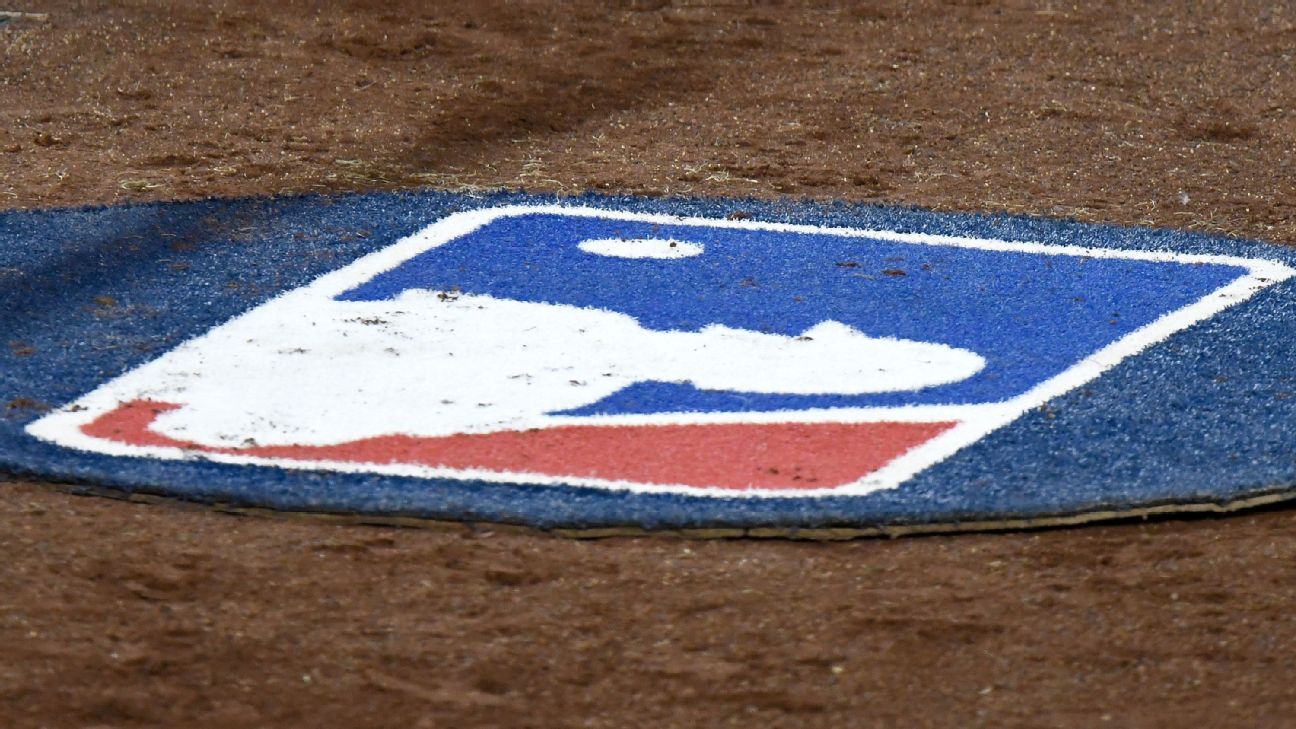Starting Monday in Jupiter, Florida, negotiators from the MLB and Major League Baseball (MLBPA) owners will meet this week knowing it could be their last chance to pass a new collective bargaining agreement (CBA) without having to cancel official games of the 2022 baseball season.
Almost three months after the five-year CBA (2017-2021) expired and the owners declared a lockout, the major leagues of American baseball are paralyzed, as the logical deadlines to keep March 31 as opening day are exhausted of the regular round.
The MLB, which unilaterally decided to move the start of the spring exhibition games from February 26 to March 5, also has Monday, February 28 as the deadline to reach a labor agreement without having to change the official calendar of the season.
While players said there was no real need to tweak anything at the moment, common sense dictates that this week will be key to sticking with the master plan of running a typical 2,430-match campaign.
If MLB is an industry of almost eleven billion dollars a year, it is because of its calendar, the most extensive of the professional leagues in the world. Every MLB game generates millions of dollars in sponsorships, broadcasts and in-stadium spending.
Both parties know this and try to use the ghost of consequences in their favor at the negotiating table. While teams face huge losses for every canceled game, players don’t get paid if they don’t play. An invincible scenario situation, where neither party would get a net benefit.
Except for 2020, when the coronavirus pandemic cut the season to 60 games per team, MLB has completed its regular schedules every year for the past quarter century. In fact, in the previous eight labor battles between MLB and the MLBPA, going back to 1972, only three times were official games canceled.
In 1972, the first MLB players’ strike lasted 13 days and canceled 86 games. No team played more than 156 games, out of a schedule of 162.
The 1981 strike (right in the middle of the tournament) eliminated 713 games, forced the season to be divided into two halves and to create a round of division series to decide who would meet in the Championship Series. The stoppage, which began on June 12 and ended on July 31, caused the teams to average 106 games.
The last, and largest players’ strike of all time, began on August 12, 1994 and was not resolved until April of the following year. In all, 948 regular-series games and the entire 1994 postseason were canceled. There was no World Series for the first time since 1904, and no club was declared champion for the first time in history.
Due to the strike, in 1994 no team played more than 113 games and in 1995 a schedule of 144 games was drawn up for each novena.
We would love to say thanks to the author of this article for this awesome material
MLB: Owners and players negotiate with the clock against

